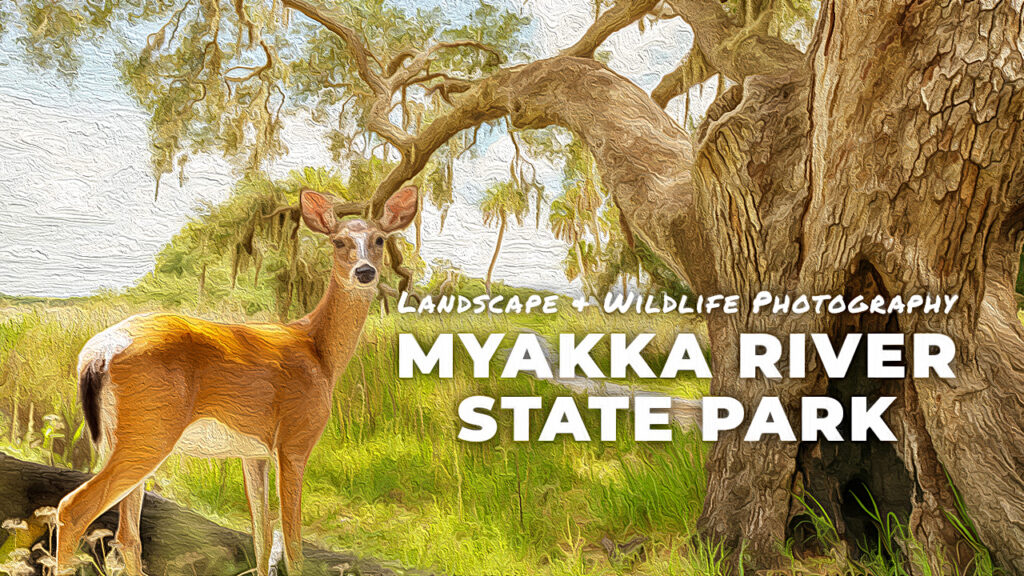Myakka River State Park is situated on the west coast of Florida, just a few miles east of Sarasota. Although the exact translation is unknown, the word Myakka is believed to be of Native American origin and means “big waters”. The park is appropriately named as the Myakka River flows through it, starting at the Upper Myakka Lake and meandering down to the Lower Myakka Lake.
The drive to Myakka River State Park is roughly 3 hours from where I live, but for some reason, it took me about 8 years to get there! Ever since adding it to my bucket list of places to visit and photograph in Florida, I’ve had to make quite a few unexpected stops along the way, but I suppose just as the Myakka River has its twists and turns, so does this journey.
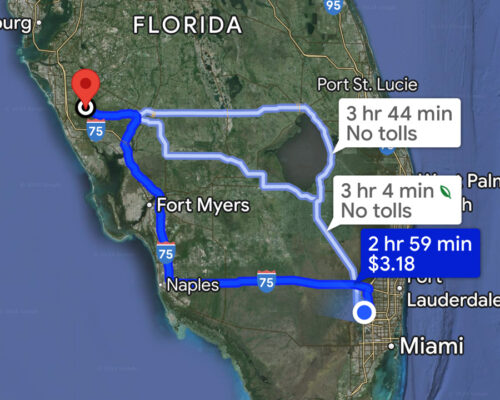
“Gandalf – You’ll have a tale or two to tell of your own when you’ll come back.
Bilbo – Can you promise that I will come back?
Gandalf – No. And if you do, you will not be the same.”
– Gandalf, Bilbo
Day 1: Exploring Myakka River State Park
I arrived at Myakka River State Park around 4 pm on June 20, 2024, and I was filled with excitement. As I got closer to the park entrance, a flood of questions rushed through my mind. What would I see? Would there be a lot of wildlife? Should I extend my stay? Despite my anticipation, I’ve learned to let go of expectations and simply embrace whatever Mother Nature has in store.
My goal for this trip was to document the park’s wildlife, particularly the large population of American Alligators for which Myakka is known. During the dry season, it’s common to witness dozens and dozens of alligators along its riverbanks. I’ve heard that you may be able to count up to fifty alligators in some areas!
Since it was my first time there, I figured I’d chat with the park rangers since they know a lot about what’s happening in the park. Unfortunately, I discovered that I was two weeks late for the “alligator party”. Due to recent heavy rains, the dried-up Myakka River had filled up (thankfully), encouraging the alligators to disperse into the water for some much-needed hydration and protection from the sun. Sadly, one of the park rangers informed me that during a recent survey of the grounds, they discovered the remains of a few large alligators that were “cooked” by the oppressive heat. My heart sank as he shared more gruesome details.
In my blog post about photographing wildlife in Florida, I mentioned that Florida experiences only two seasons: the wet season and the dry season. The dry season typically occurs from November to May. During this time, wildlife, such as wading birds, tends to gather around the remaining small bodies of water in search of food. However, this year, Florida had an unusually wet winter, which made it more challenging to find and photograph wildlife. Despite my efforts in the southern Everglades, I had no luck. I then decided to try my luck up north, but unfortunately, the birds, like the alligators, had also dispersed.
Not having any expectations helped to soften the blow, making it easier for me to switch to landscape photographer mode! The great thing about Florida this time of year is that there is still light out after 8 pm, meaning I still had a considerable amount of time left to properly scout the park for possible landscape compositions for either sunset or sunrise the next morning.
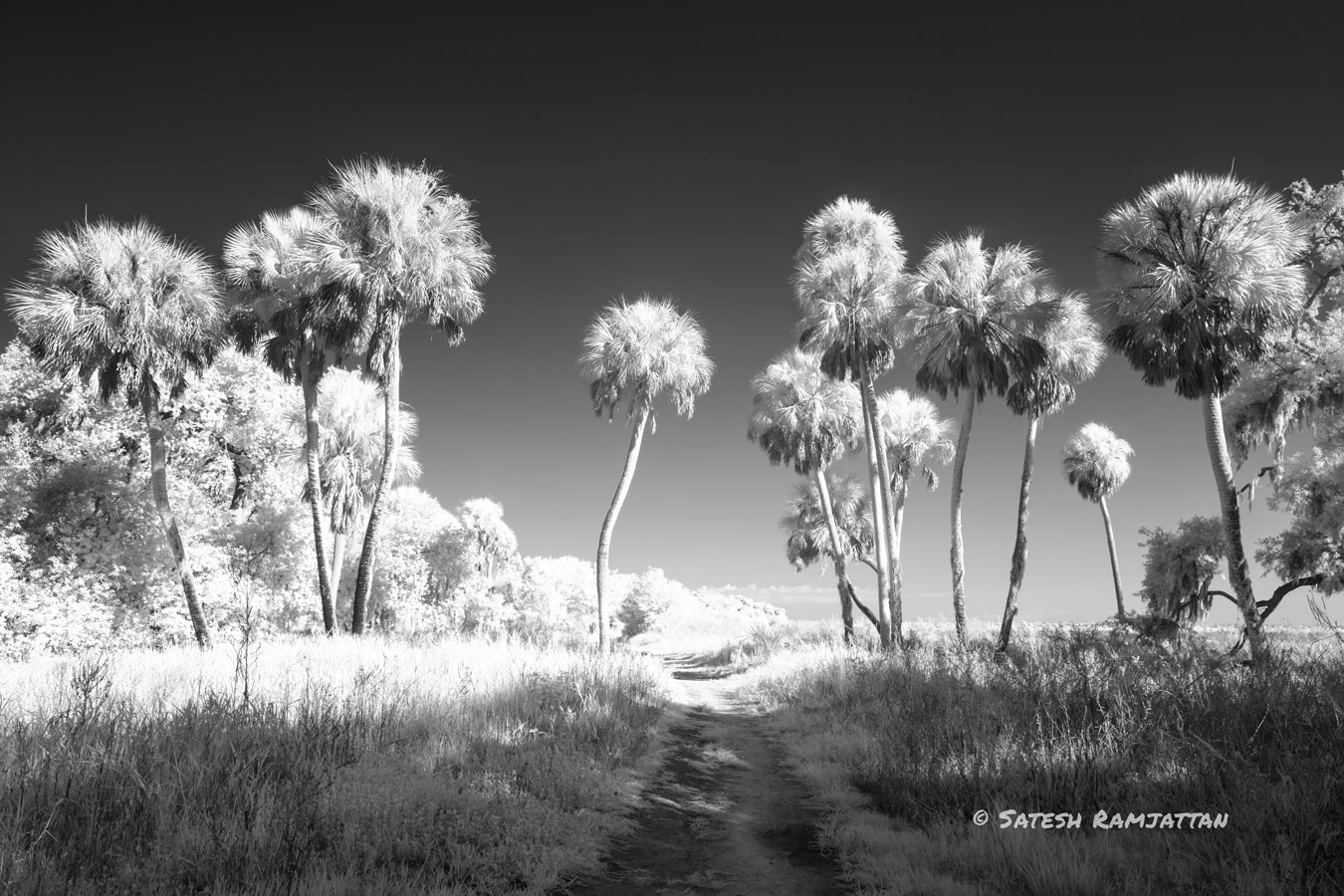
I drove slowly up Main Park Road, immersed in the beauty that was to my left and right. I sometimes gazed up into the tree canopy that consisted of live oaks and sabal palms, hoping to spot a barred owl or hawk. The park ranger said my best chances to see gators would be at a bridge just a few miles up from the check-in station. I glanced down at my truck’s GPS to see if I was getting close, and as I was, the anticipation started to surge! I knew the chances were low, but I still had a glimmer of hope to possibly see the great gator congregation. My heart started to beat faster when I saw a large group of people standing on both sides of the bridge. Blinded with excitement, I missed the area to pull over and park, so I continued slowly over the bridge trying to catch a glimpse of what captured everyone’s attention. I guess they were all just admiring the scenery because I didn’t see a single gator in sight. I soon came to realize that this place was huge and I felt there was a photograph to be made at every turn. Exploring the untouched beauty of Florida and catching glimpses of adult white-tailed deer with their fawn made my first afternoon at Myakka River State Park truly enchanting and unforgettable!
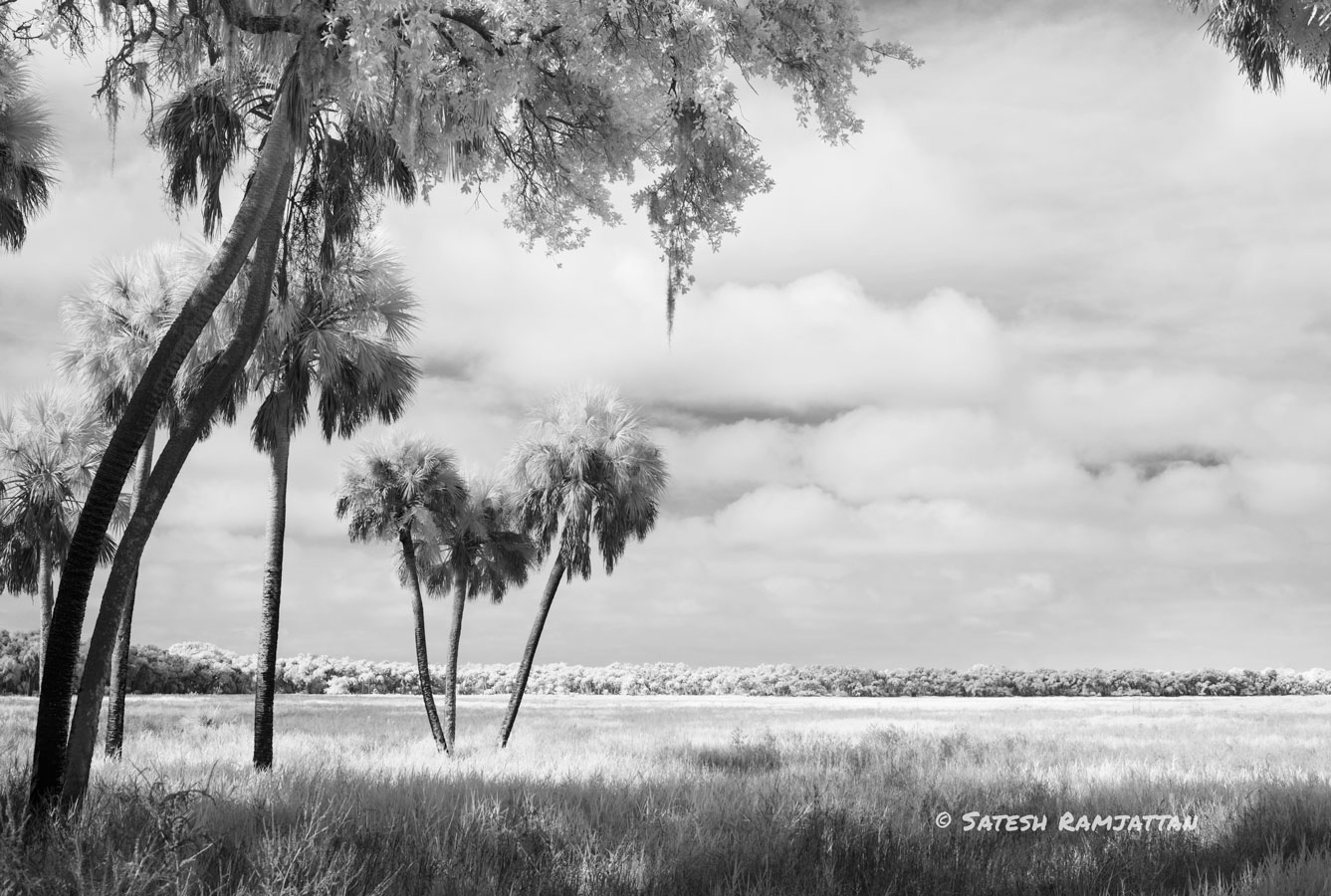
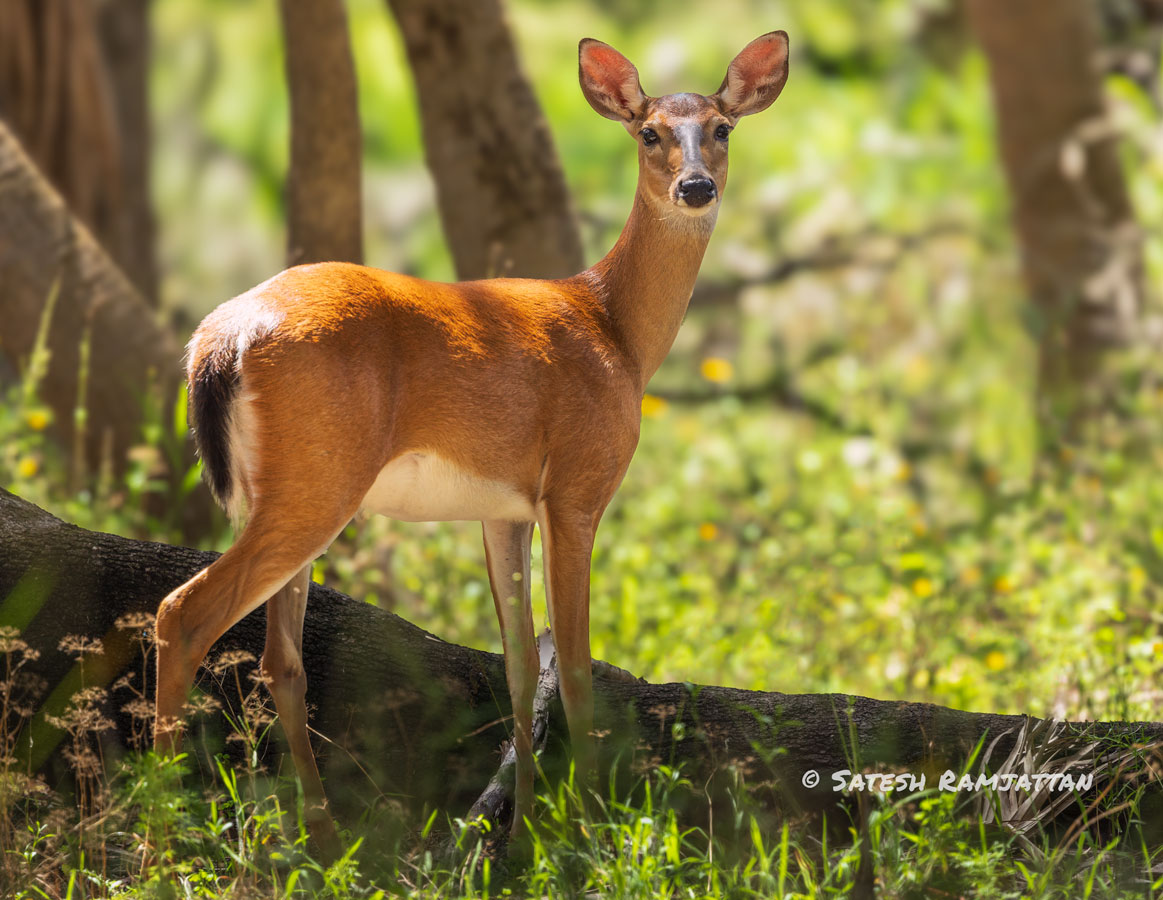
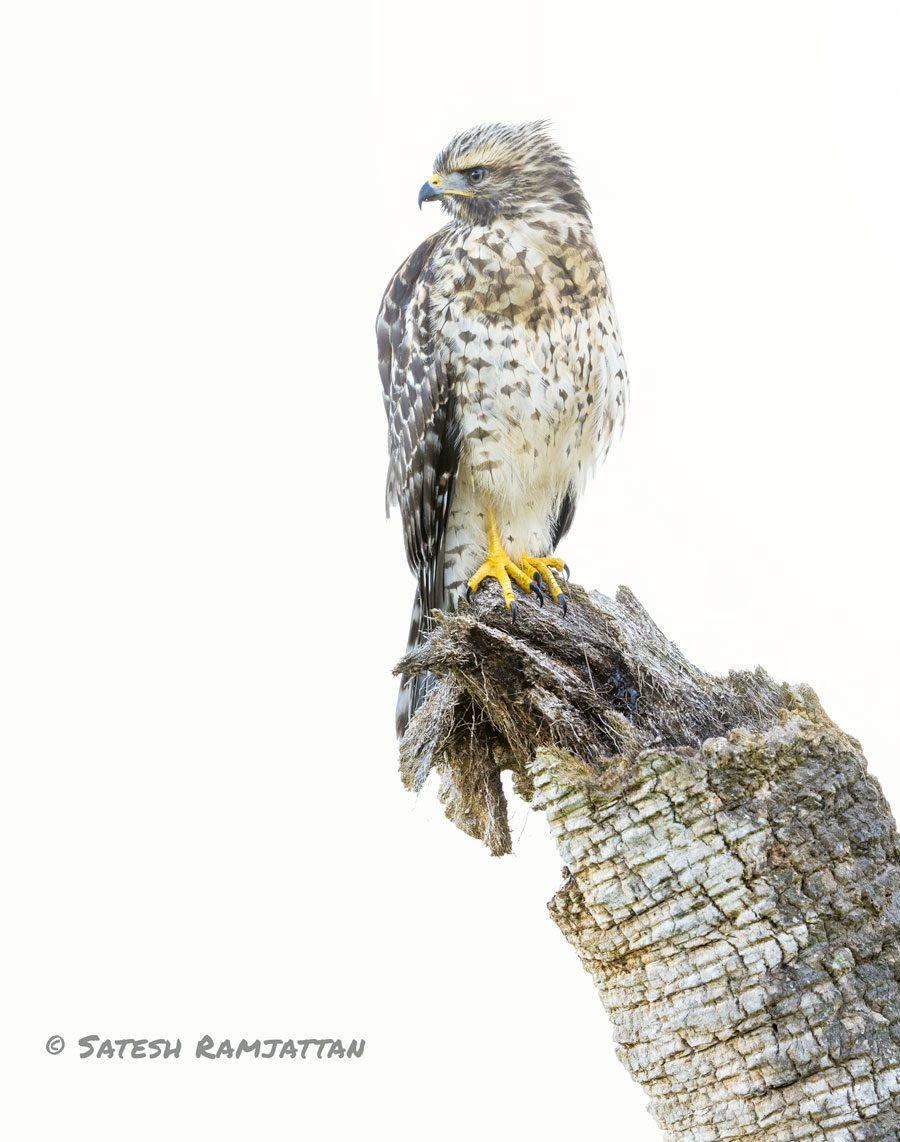
Day 2: Wildlife and Landscape Photography
The next morning, I went back to the bridge, still hopeful that I would see tons of alligators. Sunrise was 30 minutes away, but the landscape was still being illuminated by the full moon, which reflected in the river that once again seemed completely void of gators. As I continued up the road, cautious of any wildlife that might suddenly appear, I could hear the calls of red-shouldered hawks farther up the road.
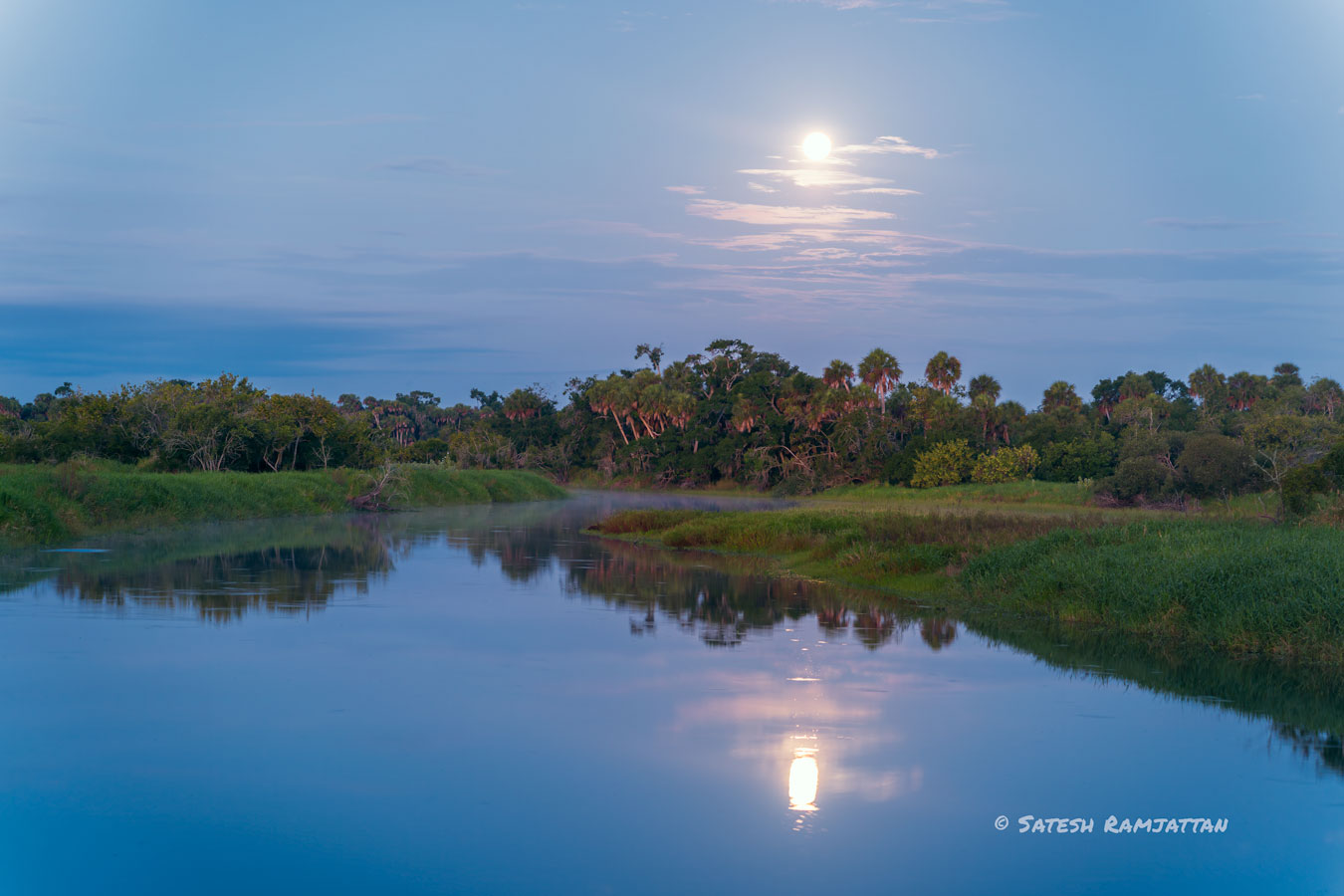
My plan for sunrise was to make a photograph that captured the essence of Myakka River State Park. I envisioned a scene featuring a wildflower-filled prairie and a cluster of iconic sabal palms, bathed in the soft hues of golden hour, with the vibrant yellow tickseed flowers commanding attention in the foreground. I didn’t know if such a scene existed so I did have a backup plan if needed. Now, I’m not sure whether to call it intuition or just heeding the call of the wild (literally in this case), but I felt compelled to head toward the direction of the hawks calling out. I saw what appeared to be a juvenile perched on the trunk of a weathered sabal palm, just screaming for food. It did not seem threatened by me and I was able to get close enough to find some nice angles where the light was just right. The hawk called out loudly before it flew off a short distance. I followed its path and saw the sun starting to illuminate a cluster of trees where it landed. It turned out to be a group of sabal palms surrounded by yellow wildflowers. I wished the hawk had stuck around because it would have been great to include it in the scene, especially since it is such an important part of the story!
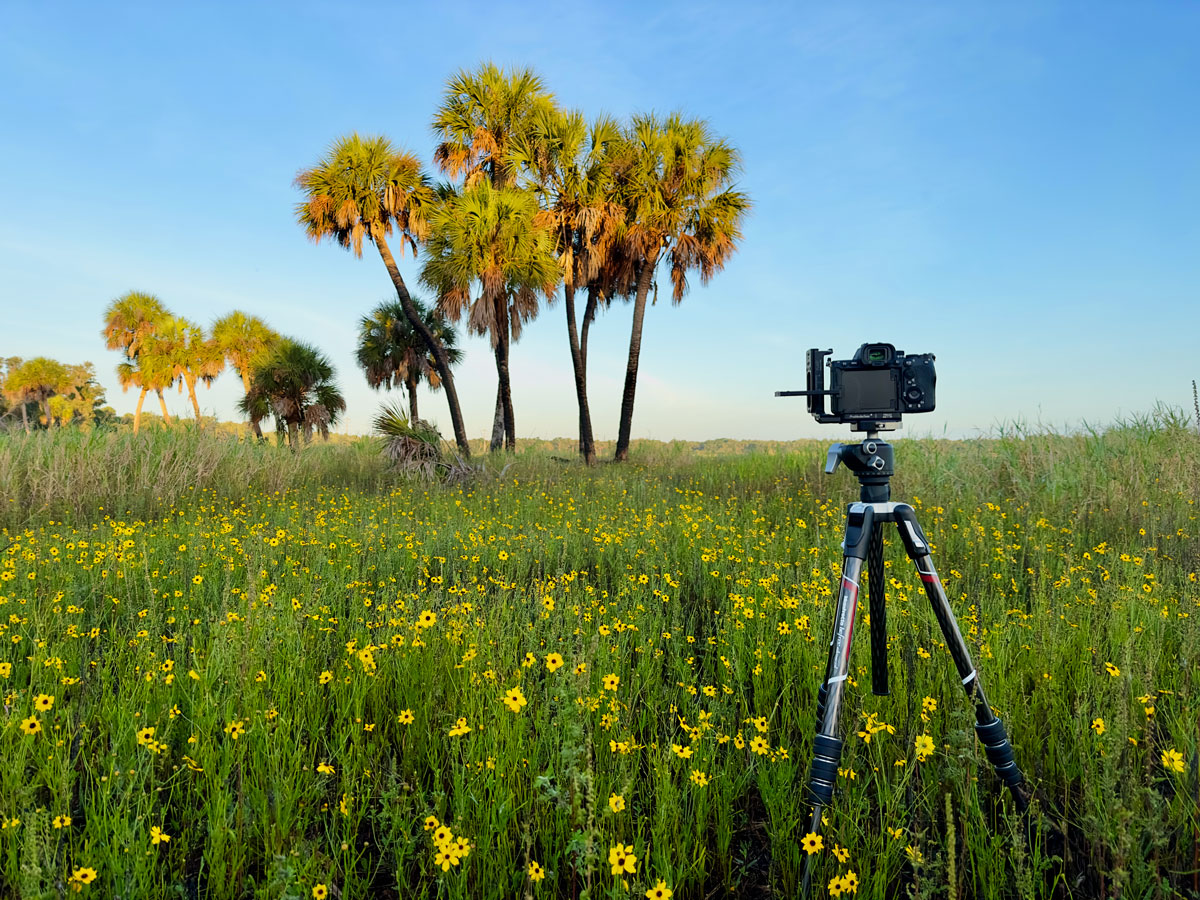
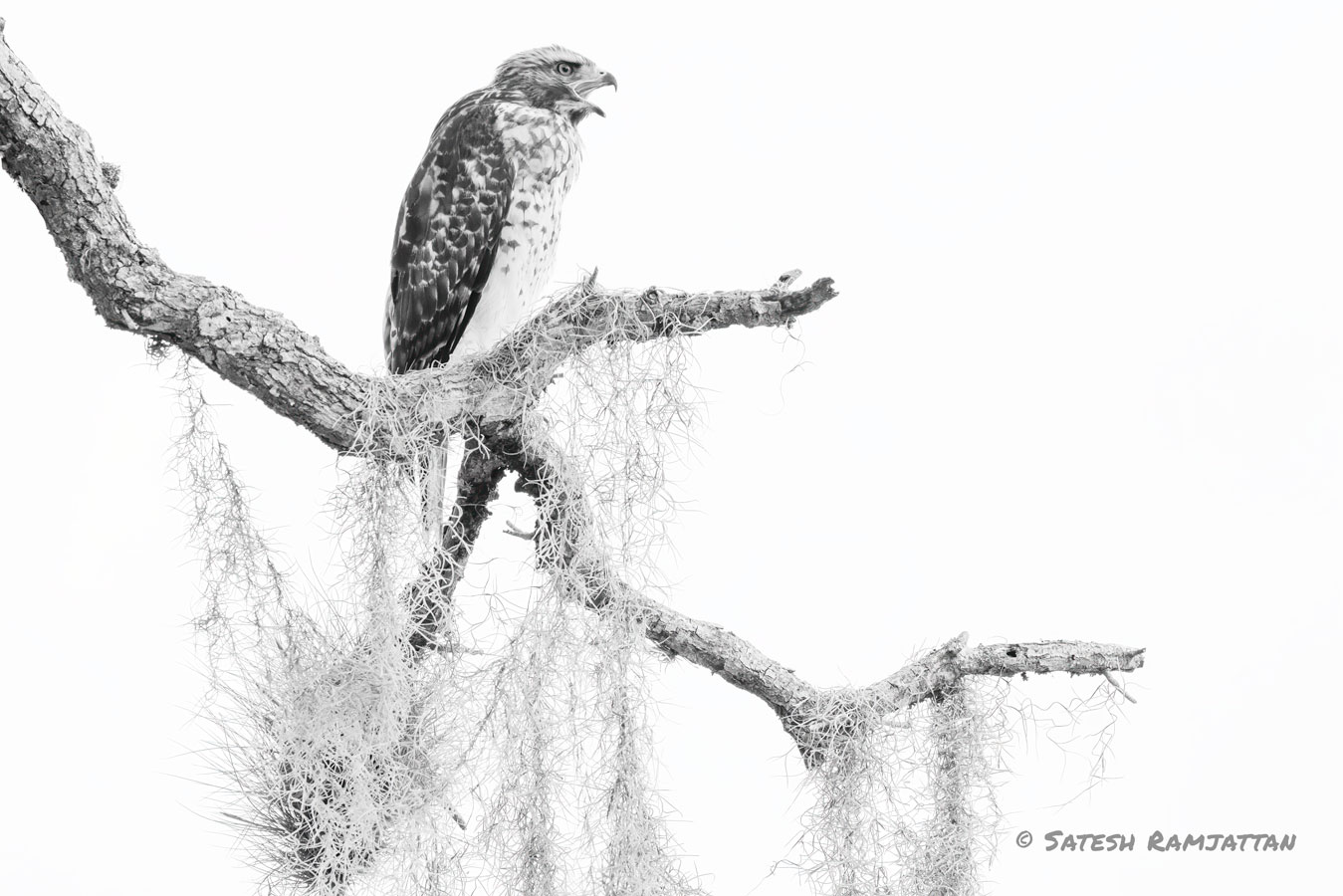
I’m not entirely sure if I captured the scene as perfectly as I wanted to, a sentiment I know many landscape photographers can relate to. However, I’m pleased with the final image. I don’t know if it’s maturity or just a stage in my photography journey, but I’ve noticed that I no longer solely focus on the end result. Instead, I find myself reflecting back to the moments and memories in the field just before I click the shutter button. That’s where I find true happiness and fulfillment.
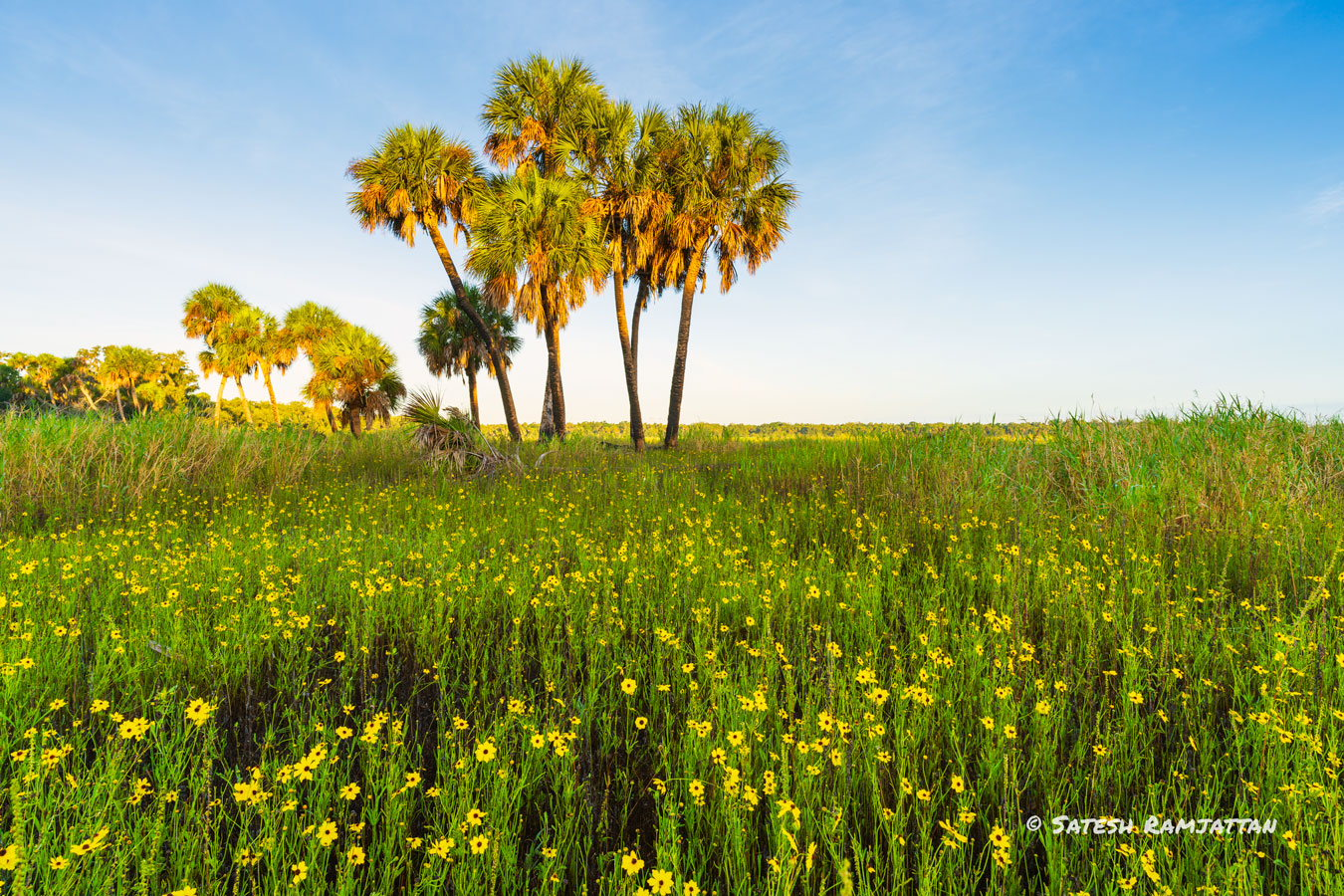
The sky became overcast, so I decided to grab breakfast and take it easy for a while. I parked my truck near the Myakka Outpost and listened to the alarm calls of squirrels hiding in the trees – probably a hawk hunting for lunch nearby. As I relaxed, my thoughts turned to the next photo I had planned. The park was full of these stunning live oaks draped in Spanish moss. Two in particular had caught my eye with their size and unique shapes. I hadn’t yet settled on a composition but knew I wanted the final shot in black and white.
I circled the first tree, scouting angles and using my iPhone to frame potential shots for later review. The current light wasn’t ideal, so I consulted my photographer’s ephemeris app to plan around the afternoon sun. The same process was repeated at the second tree, leaving me with several hours to spare before the light would be just right.
With time to kill, I decided to explore like a tourist, hiking some of the shorter trails and ascending the Myakka Canopy Observation Tower. The view from the top was breathtaking – a complete 360-degree panorama of the park. There was even a narrow suspension bridge linking the towers, adding to the adventure. It felt liberating to soak in the beauty without the pressure of deadlines or specific goals. Finding this freedom was important for my mental and physical well-being.

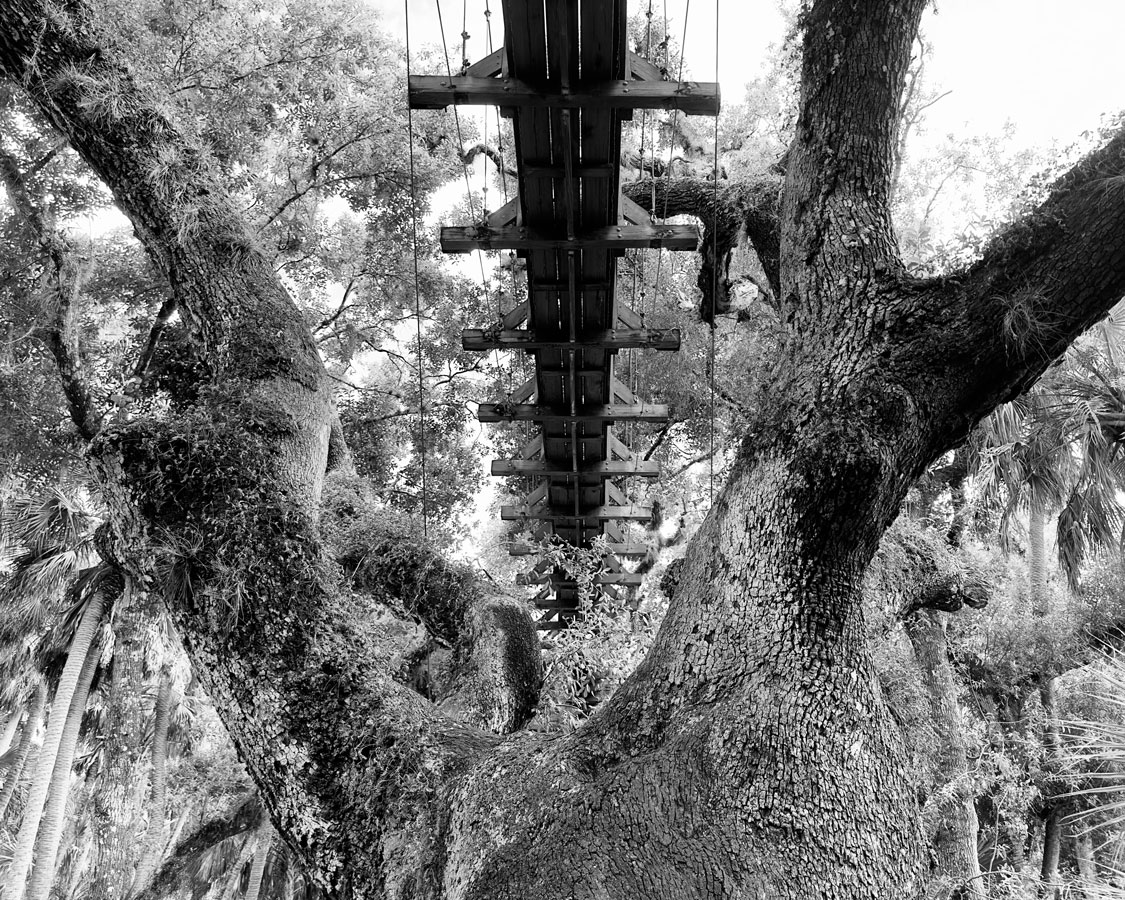
Crossing it off the Bucket List
It seemed luck was in my favor on this trip. When I returned to the first live oak, the clouds were gone, casting perfect light that brought the ancient trunk and twisted roots to life with depth and dimension. Sunlight bathed the Spanish moss, adding yet another layer to this quintessential Florida scene. Time slipped away unnoticed as I immersed myself in capturing the majesty of that oak, losing myself for hours. The sun was getting lower and I felt satisfied enough to call it a day.
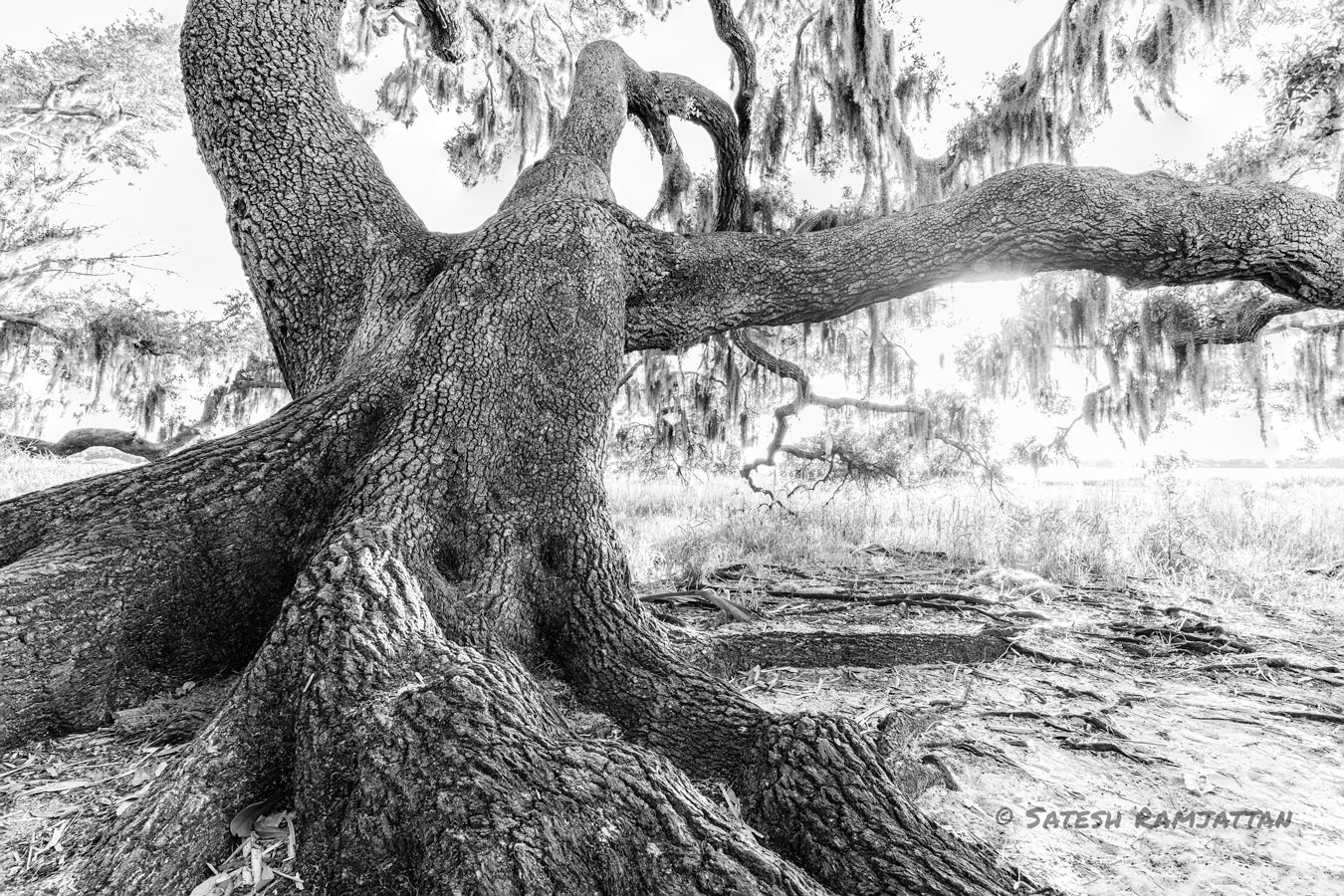
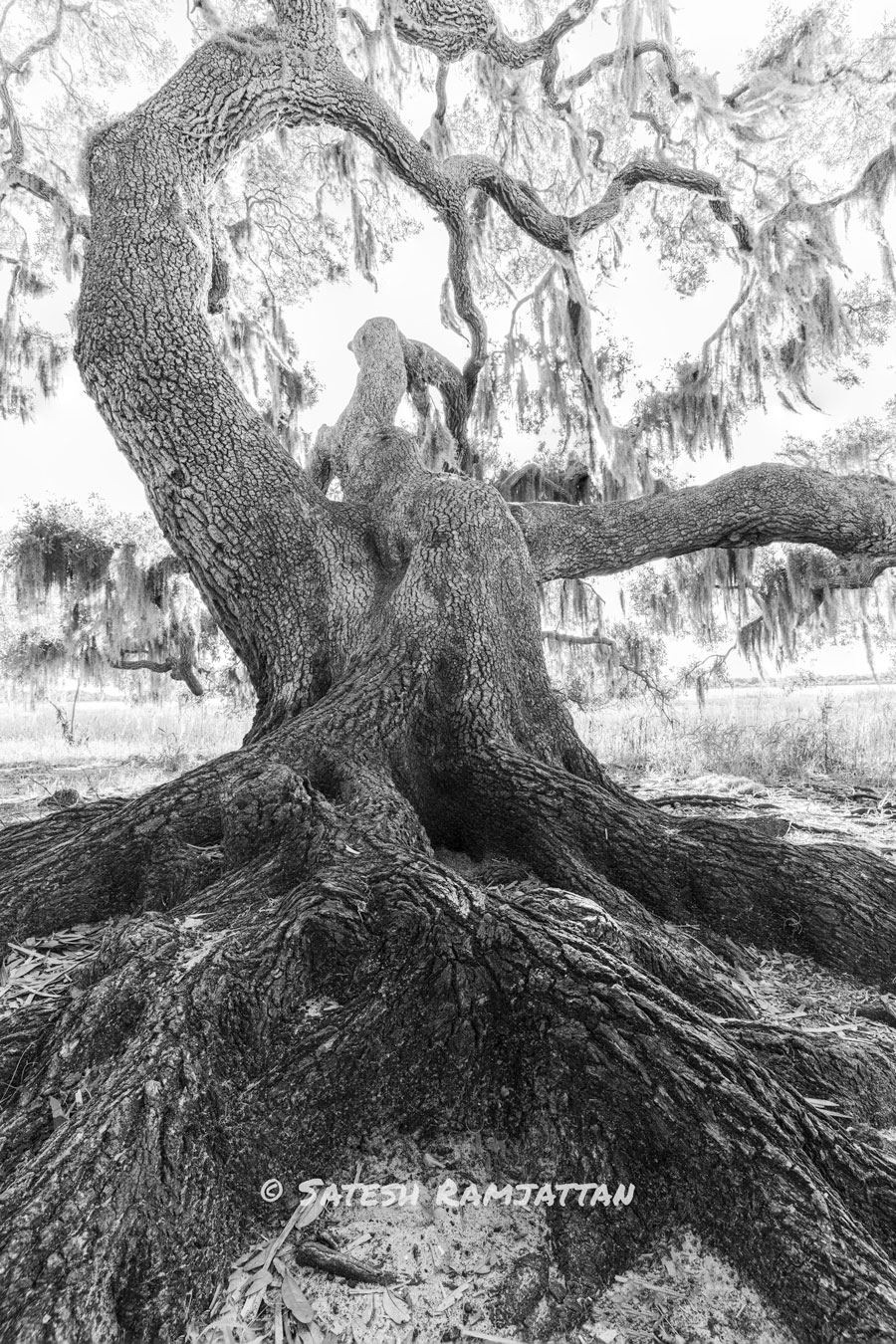
I spent the remainder of the afternoon sitting on a bench at Fisherman’s Circle. It was peaceful just sitting there watching the sunset and listening to a barred owl calling out somewhere behind me. I laughed as I saw a lone gator swim by. It was the first one I’d seen since I arrived. I felt content and ready to head back home in the morning, never giving thought to how the images on my camera turned out.
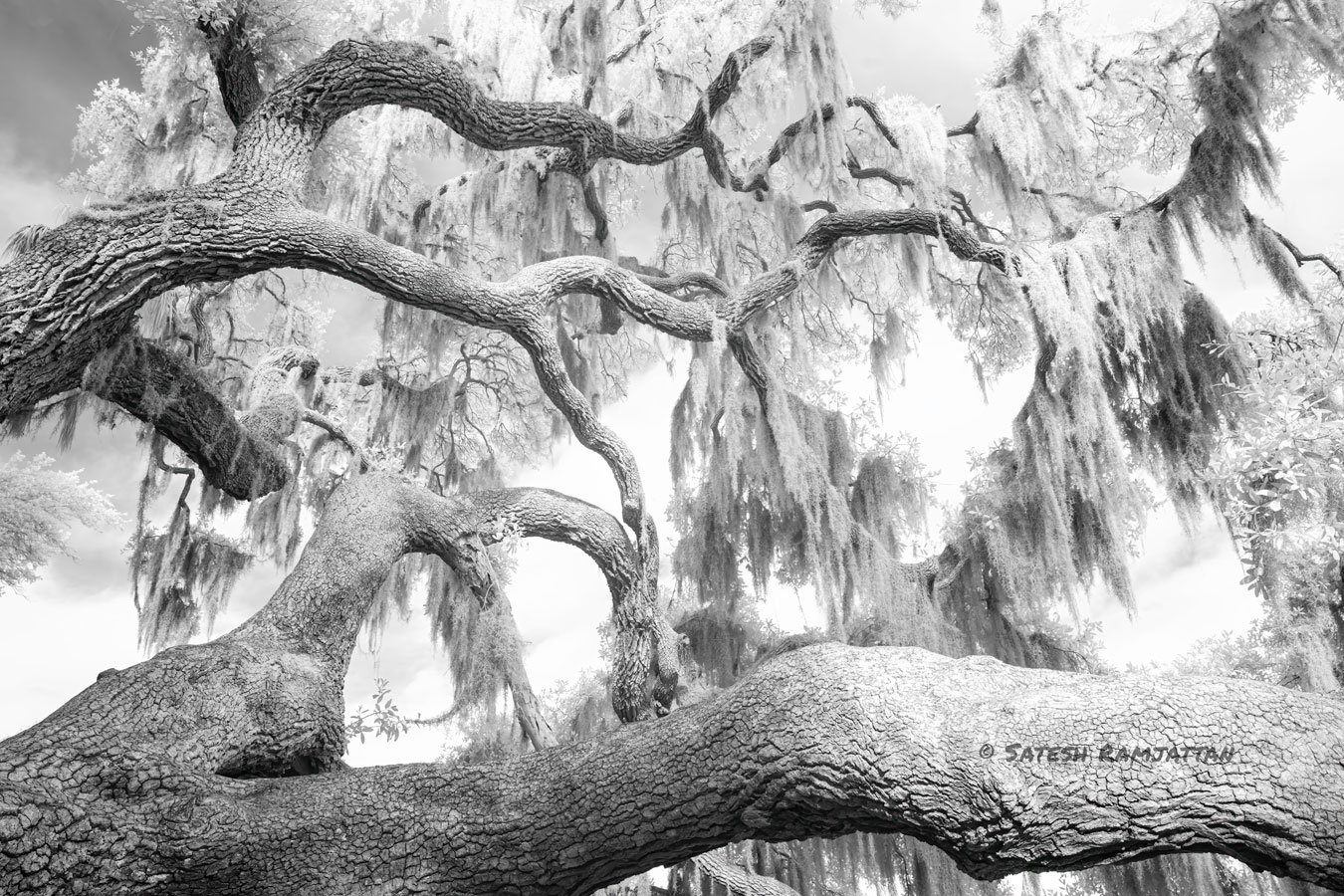
Before heading back to the truck, I walked over to the edge of the riverbank to watch the last bit of color fade below the horizon. My eyes became fixed on a pair of white ibis flying by, only to lose sight of them after a few seconds as they flew past the trees. My focus quickly shifted to something perched about 30 feet above me. I was surprised to see that it was a red-shouldered hawk quietly staring out into the distance. That moment felt a bit poetic to me, and looking back, the entire trip seemed allegorical. There are many words that could sum up my first trip to Myakka River State Park, but I think the one word that resonates the most is healing.
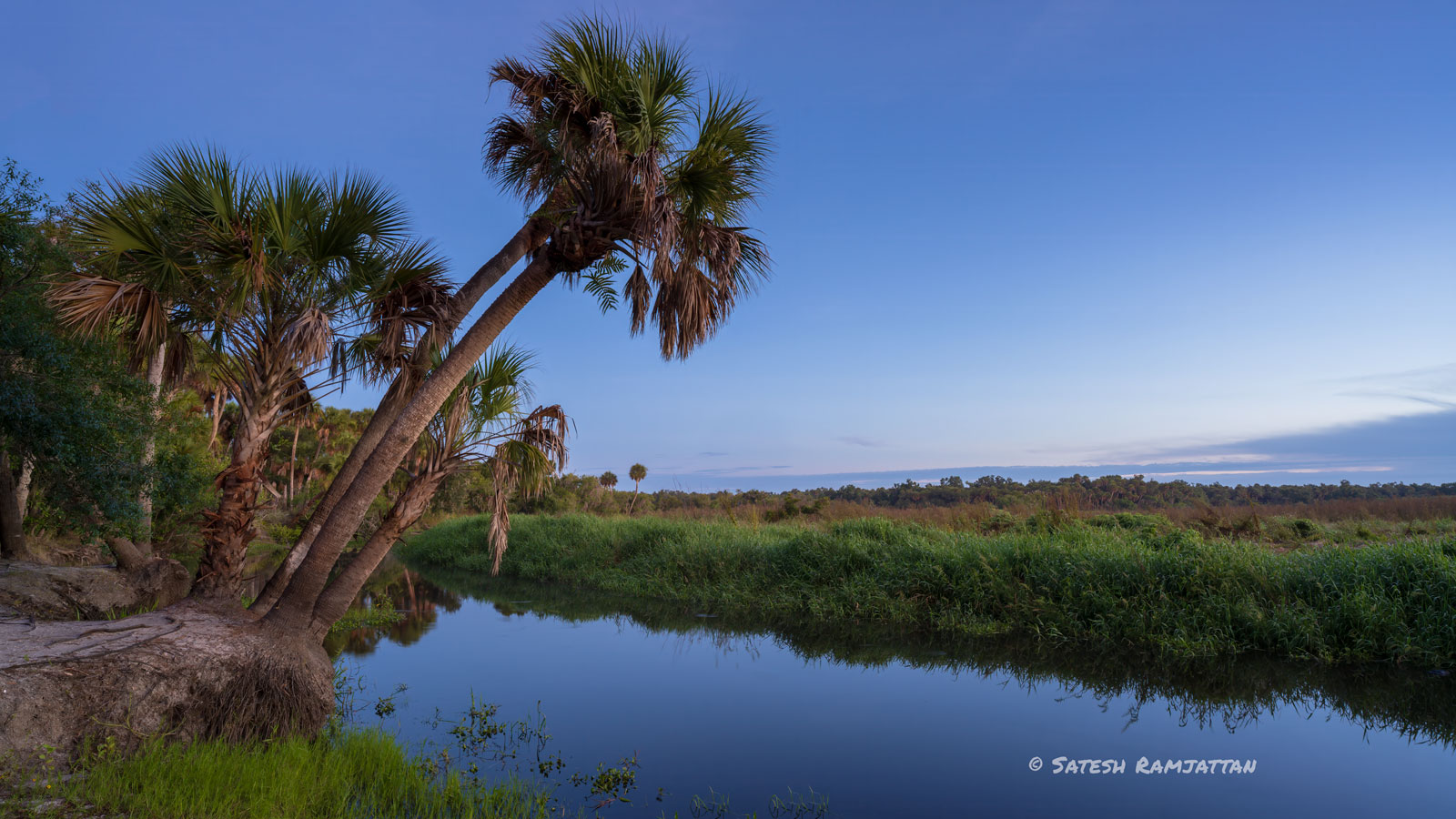
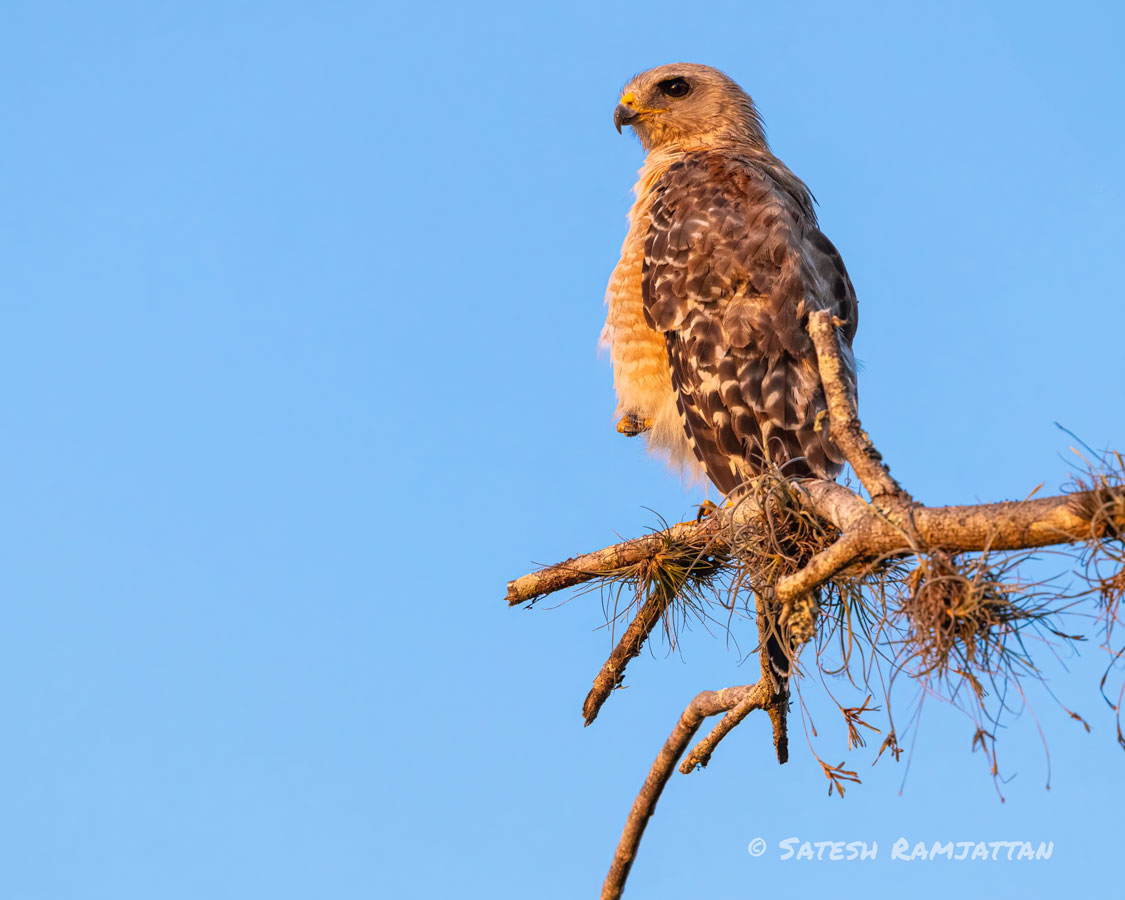
Consider subscribing to my blog and YouTube Channel for more content just like this where I explore the “real” Florida.
